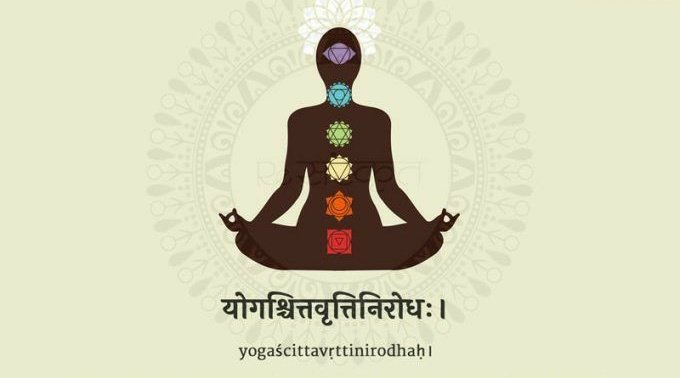
Đ इसाईकरण Menance : V - Inculturation
The Church uses the process of inculturation with an aim to adopt the well-established Hindu cultural practices to confuse, corrupt and change the minds of the gullible masses.
#Thread
The Church uses the process of inculturation with an aim to adopt the well-established Hindu cultural practices to confuse, corrupt and change the minds of the gullible masses.
#Thread
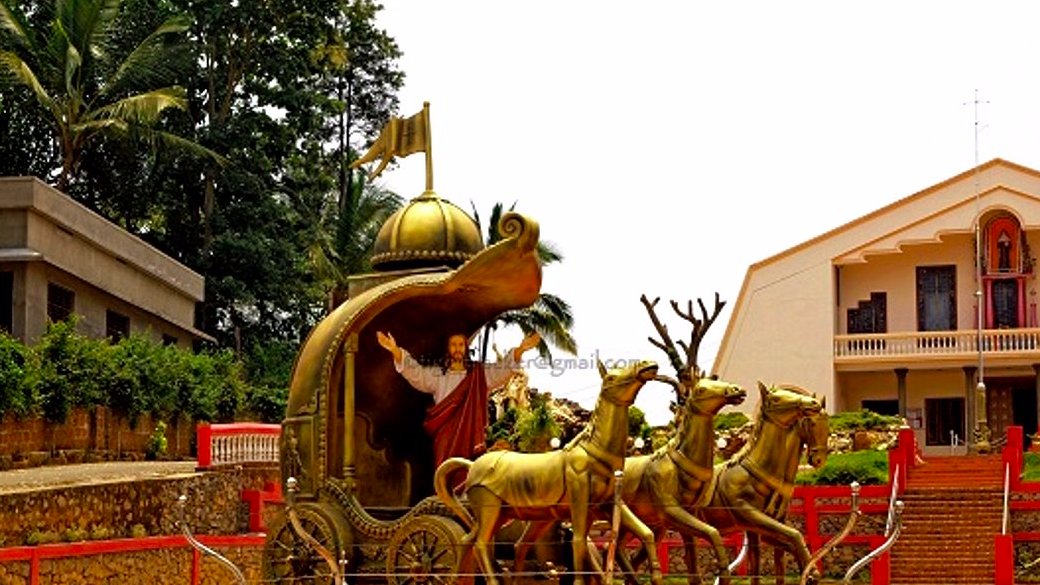
& the most potent weapon in its armoury has been Inculturation.
Religious conversion has been a subject of dispute for ages and the Church has been well-known for conversion activities to spread Christianity throughout the world in its pursuit of souls for harvesting. It mostly
Religious conversion has been a subject of dispute for ages and the Church has been well-known for conversion activities to spread Christianity throughout the world in its pursuit of souls for harvesting. It mostly

follows the strategies of allurement and pressure to convert the people following other religions.However, the most potent weapon in its armoury has been inculturation. The Church has started setting up Hindu “type” of buildings and calling them as ‘Ashrams’ controlled by 

‘Saffron robed’ Padres, projecting themselves as ‘Swamijis’. D Hindu style of architecture, construction, layout and interior designs are being followed.D buildings also have d Sanskrit ‘Om’ symbol in front of them & the saffronised Padres claim that Om is not Hindu, but Vedic! 
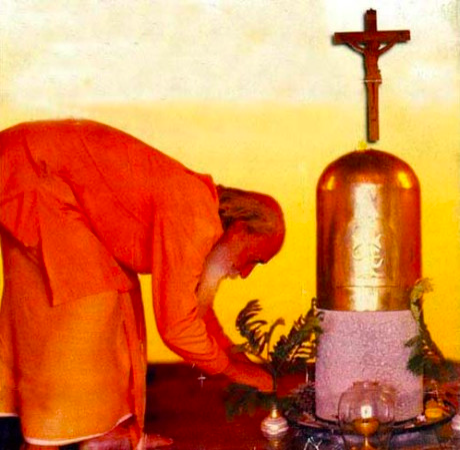
Some Churches also sculpture the statues of Jesus in ‘meditating’ posture, Jesus sitting cross-legged on a lotus with ‘Abaya Hastha Mudra’, Jesus emerging after a purification bath in Ganges and they even claim that yoga and meditation are not connected to Hinduism and that they 
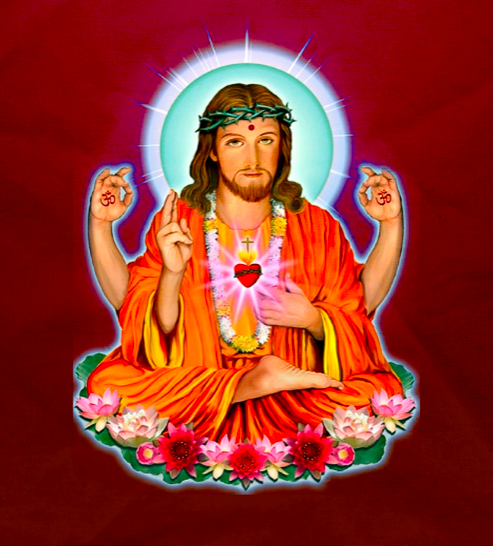
are universal, common to all religions.Jesus is placed on par with Bhagwan Krishna (we have seen our own “Corporate Gurus” making such claims) and the Church has even gone to the extent of showcasing Jesus riding a chariot like Krishna. The ‘Ashtothram’ and ‘Sahasra Naamam’ 



(108 and 1008 names) have also been prepared for performing ‘Archana’ on Jesus and ‘Aarti’ is also being performed. In Tamil Nadu, Churches have started ‘Padayatras’ for Velankanni, sometimes even with the ‘Irumudi’ (similar to the one taken for Sabari Mala Yatras). 
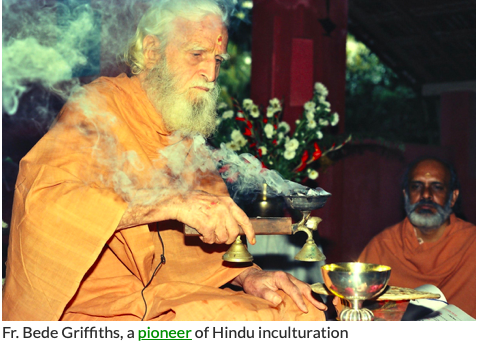
D Velankanni pilgrims have started wearing saffron robes. Many Churches have started giving ‘Chakra Pongal’ (Sweet Rice) as ‘Prashadams’ to people. Apart from Velankanni in Nagapattinam, d Velankanni shrine in Besant Nagar, Chennai also follows these practices of inculturation.
Several Churches have started installing “Dwajasthambams” in the front yard, similar to Hindu Temples.
The Church has adopted every Hindu practice and the only thing left is the replacement of ‘Hindu Murthis’ with Jesus and Mary statues, which is most likely to happen anytime if
The Church has adopted every Hindu practice and the only thing left is the replacement of ‘Hindu Murthis’ with Jesus and Mary statues, which is most likely to happen anytime if
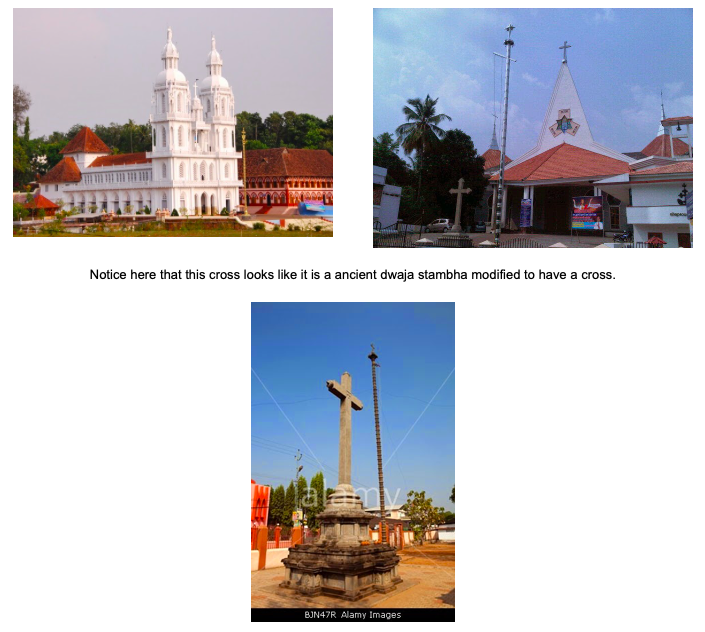
this inculturation continues. Churches claim that this concept of inculturation has been aimed at bridging the divide between the Indian Cultural Experience and the Western Character of Christianity.
Every Hindu symbol and every Hindu practice is being Christianised with an evil
Every Hindu symbol and every Hindu practice is being Christianised with an evil

motive of de-Hinduising this society and the nation. This is creating havoc in the psyche of the Hindu majority provoking it beyond the limits of tolerance. Obviously the generic Church is scoring brownie points over the privilege of “propagation” given to the minorities in the 
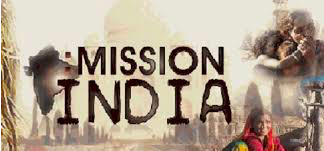
Constitution.
Nehru’s refusal to table the Niyogi Commission Report and the spinelessness of successive governments to enact laws banning conversions have resulted in huge territories of India getting Christianised rapidly. The North-east and Goa are lost totally; almost 50%
Nehru’s refusal to table the Niyogi Commission Report and the spinelessness of successive governments to enact laws banning conversions have resulted in huge territories of India getting Christianised rapidly. The North-east and Goa are lost totally; almost 50%
of Kerala & as per some reports 40% of AP is now Christian; Karnataka and Tamil Nadu have become the focus areas of missionaries and rampant conversions are taking place even as we speak. 

The Remedy :-
The only remedy lies in bringing a Constitutional Amendment. At present, the Constitution ensures Freedom to practice and propagate religion and certainly doesn’t grant the right to convert others. Article-2’, which ensures freedom of religion, is subject to
The only remedy lies in bringing a Constitutional Amendment. At present, the Constitution ensures Freedom to practice and propagate religion and certainly doesn’t grant the right to convert others. Article-2’, which ensures freedom of religion, is subject to
public order, morality and health. But, the process of inculturation being practiced by the Church now violates all of these, and calls for a total ban on such attempts and a legislation of a central anti-conversion Law. Also, the Constitution must be amended, so as to remove the 
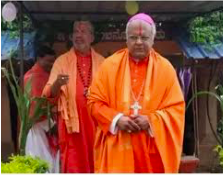
word ‘propagate’, which is deviously used by the Church. The minorities must be allowed only to practice their religion and not to preach or propagate.
To start with,D Centre must enact a blanket ban on inculturation with stringent punishments for violators.
To start with,D Centre must enact a blanket ban on inculturation with stringent punishments for violators.
If at all the generic Church wants to sell Jesus in India, let them try to sell him with their own testaments.
Let them not steal Hindu scriptures,symbols & rituals shamelessly.
sources : indiafacts & various other published materials
To be Continued,,..
Let them not steal Hindu scriptures,symbols & rituals shamelessly.
sources : indiafacts & various other published materials
To be Continued,,..
@RituRathaur @ikkmurugan @Mishti_in @shallakaul @BeenaPP1 @IshaSattva @geetaraavi @armykafan @kachnarr @ushanirmala @bangadvedant @aneelgs @pburavalli @mysql_sync @deshmata @VamseeJuluri @HinduMediaWiki @vishalshahani11 @missionkaali @noconversion @youngndharmic @indumathi37
"unroll" @threadreaderapp
• • •
Missing some Tweet in this thread? You can try to
force a refresh






